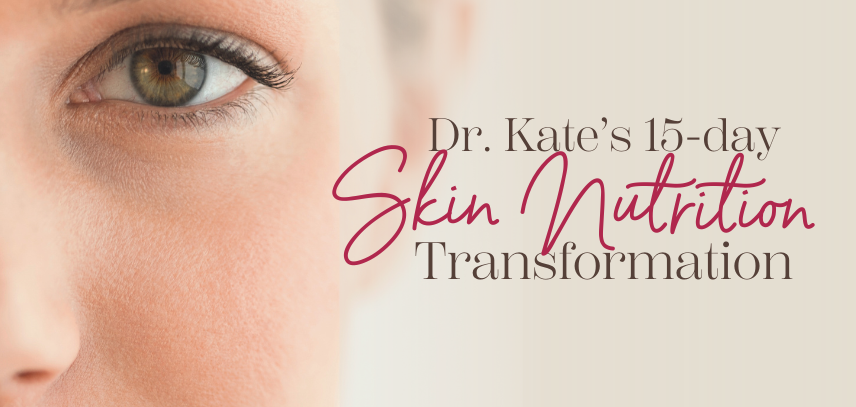
You roll out of bed and hit the shower. You wash with gel, scrub both shampoo and conditioner into your hair, and afterward, apply anti-perspirant. Then, dismayed by the wet hair and the tired-looking face you see in the mirror, you put “product” in your hair before drying it, and begin applying your makeup. Concealer comes first, of course, then foundation, blush, eyeliner, mascara, and lipstick.

Whew, that looks better!
If there’s time, you might even do a quick touch-up of your chipped nail and toe polish, letting it dry while you drink your coffee. After work that night, you’ll apply a masque, then anti-aging and eye creams… and try to get some beauty sleep before it starts all over again!
Congratulations. In the course of a day you’ve put 168 different chemicals on your body. That’s right – 168 chemicals. According to a study conducted by the Environmental Working Group (EWG), the average woman uses 12 personal care products or cosmetics each and every day, allowing her skin, mouth, and lungs to absorb an average of 168 chemicals that may have toxic effects in the body.
Many of these chemicals find their way to the bloodstream, where they wreak havoc with our hormones and internal organs. Some are endocrine disrupters that cause estrogen dominance, with all the problems that go with that condition. The rest simply overwork the liver as it tries to clean toxins from our system.
Each and every product we use is, to a greater or lesser extent, a potential hazard. But lately I’ve grown particularly concerned about the harmful effects of fingernail polish.
A study published in October 2015 by researchers at Duke University found that women who applied a conventional brand of nail polish had a hormone disrupting chemical called TPHP in their urine. In fact, TPHP levels were “found to increase nearly seven-fold in 10 – 14 hours after fingernail painting,” as determined by comparing before-and-after urine samples.
What really worries me is this: TPHP was supposed to be a safer, healthier alternative to the nail polish ingredients of the past. But, as the Duke study shows, it isn’t. It too is a toxin… and it too poses health risks now that we have proven that it makes its way into the body.
TPHP replaced dibutyl phthalate or DBP. DBP had been added to nail polish to make it more flexible and longer-lasting, but studies published within he past decade showed it to be a developmental toxin. California responded by listing the ingredient as toxic, but Europe went a big step further by banning it entirely from cosmetics sold there.
| The average woman uses 12 personal care products or cosmetics each and every day, allowing her skin, mouth, and lungs to absorb an average of 168 chemicals that may have toxic effects in the body. |
Now that we’ve learned that TPHP is another toxin that is readily absorbed in large amounts, what’s a girl to do? Well, first of all, each of us needs to become aware of the risks of using a product made with this hormone-disrupting chemical:
- It can disrupt the balance of sex hormones in our bodies, raising testosterone levels and posing an increased risk of infertility.
- It can block the body’s ability to metabolize estrogen, creating potentially harmful levels of estrogen that lead to heavy, painful menstrual cycles, increased belly fat, and possibly, estrogen dominance.
Again, remember, your risk of suffering these side effects increases significantly with just ONE application of nail polish! What precautions can you take if painted fingers and toes are to remain part of your beauty regimen?
- Keep yourself informed as polish formulations change, always ensuring that you’re using the safest possible products in the safest possible way.
- Help your liver do its very important job of eliminating the harmful chemicals that can cause hormone imbalances – by supporting it with a proper diet and helpful supplements.
No nail polish is completely ALL NATURAL.
Look for brands that are “3 free,” because they don’t use toluene, dibutyl phthalate (DBP), or formaldehyde.
Here are a few brands to look for:
- Zoya
- Piggy Paint
- LVX

In my practice, EstroSense® by WomenSense is the fundamental hormone-supportive formula I prescribe. It consists of key ingredients such as DIM and I3C, and supportive herbs such as milk thistle and curcumin. In combination, these ingredients help the liver regulate and balance hormones by eliminating hormone-disrupting chemicals found in personal care products.
Remember, a happy liver means happy hormones… for a healthier you! And isn’t maintaining the glow of good health the best beauty secret of all?












